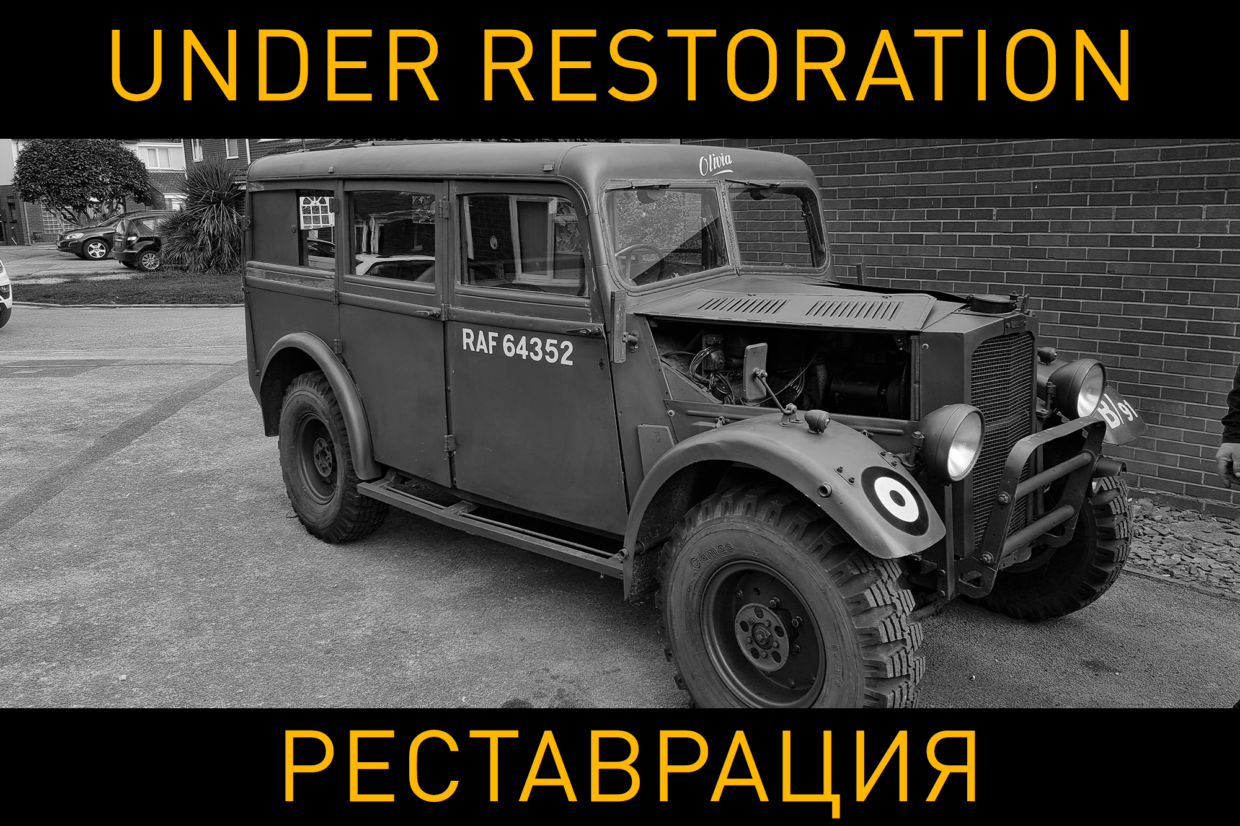This entry is also available in: Russian Chinese (Traditional)
Before World War I, the British car brand Humber produced a wide range of models, from the 600cc Humberette to several six-cylinder 6-liter models. In 1913 it was the second largest car manufacturer in Britain.
In the years leading up to World War I, Humber produced a number of airplanes and aircraft engines. In 1909 the company signed a contract to build 40 examples of the Blériot XI monoplane, equipped with its own three-cylinder engine, and four aircraft were displayed at the 1910 Olympia Air Show.
Confidence in the brand continued to grow until the late 1920s when the effects of the economic downturn forced Humber to merge with Hillman, its Folly Lane neighbor. In 1927 the Rootes Group came into existence, acquiring stakes in the Hillman and Humber brands. Since then, Humber’s history as a brand has been intertwined with Rootes, its parent company, which was founded by William Rootes in the 1880s as a bicycle store and then as a car dealership and less than fifty years later owned several previously independent companies, including Commer, Hillman, Humber, Sunbeam, Singer, Talbot, and Karrier.
Profiled as a manufacturer of luxury models, Humber became part of a well-established group that was actively streamlining and modernizing its acquisitions. Production line equipment was updated, processes were standardized, and cars were made to last. By 1939, the Rootes Group had become one of the nation’s “Big Six” automakers.
At the time, the Humber Super Snipe was the flagship of the brand, along with the Snipe Imperial and Pullman. The Super Snipe, introduced in October 1938, less than a year before Germany declared war, was a design combining the older Humber Snipe model with a 4.1-liter inline six-cylinder engine taken from the larger Humber Pullman predecessor. The engine gave a remarkable performance, the car was advertised at the same time as a luxury limousine and good value for money – the “Poor Man’s Rolls.”
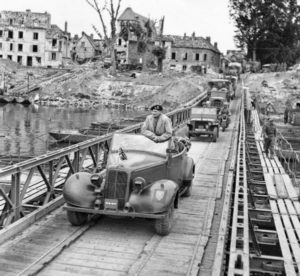
When war came, the Humber Snipe and Super Snipe were the obvious choices for staff cars. Many authorities and officers used this famous, powerful and comfortable vehicle. Of all the commanders, probably the most notable user of the Humber Snipe staff car was Field Marshal Montgomery. He used it throughout the campaigns in North Africa and Northwest Europe. The vehicle was nicknamed “Old Faithful,” a nickname sometimes applied to all Humber vehicles for their reliability.
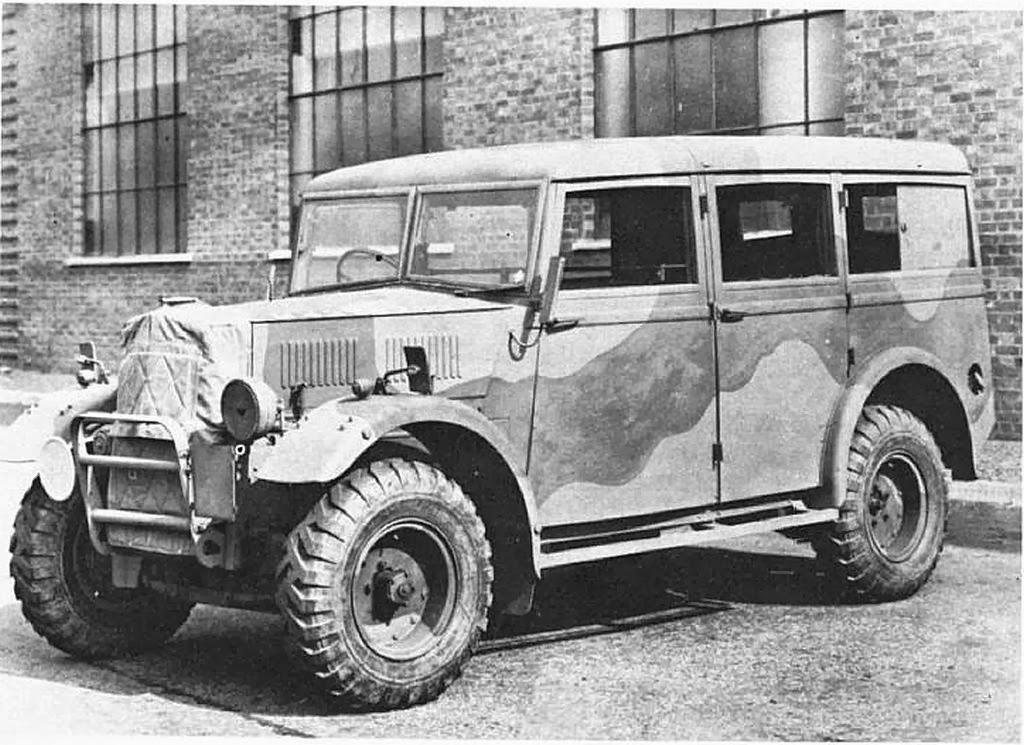
This vehicle was used in conjunction with the larger Humber “Box” Heavy Utility 4 x 4 model (which, however, was designed specifically for the Army, as the four-wheel drive was not common in Britain before World War II). Steel-roofed and open-top (tropical) versions were available. It was the only four-wheel-drive utility vehicle from a British manufacturer.
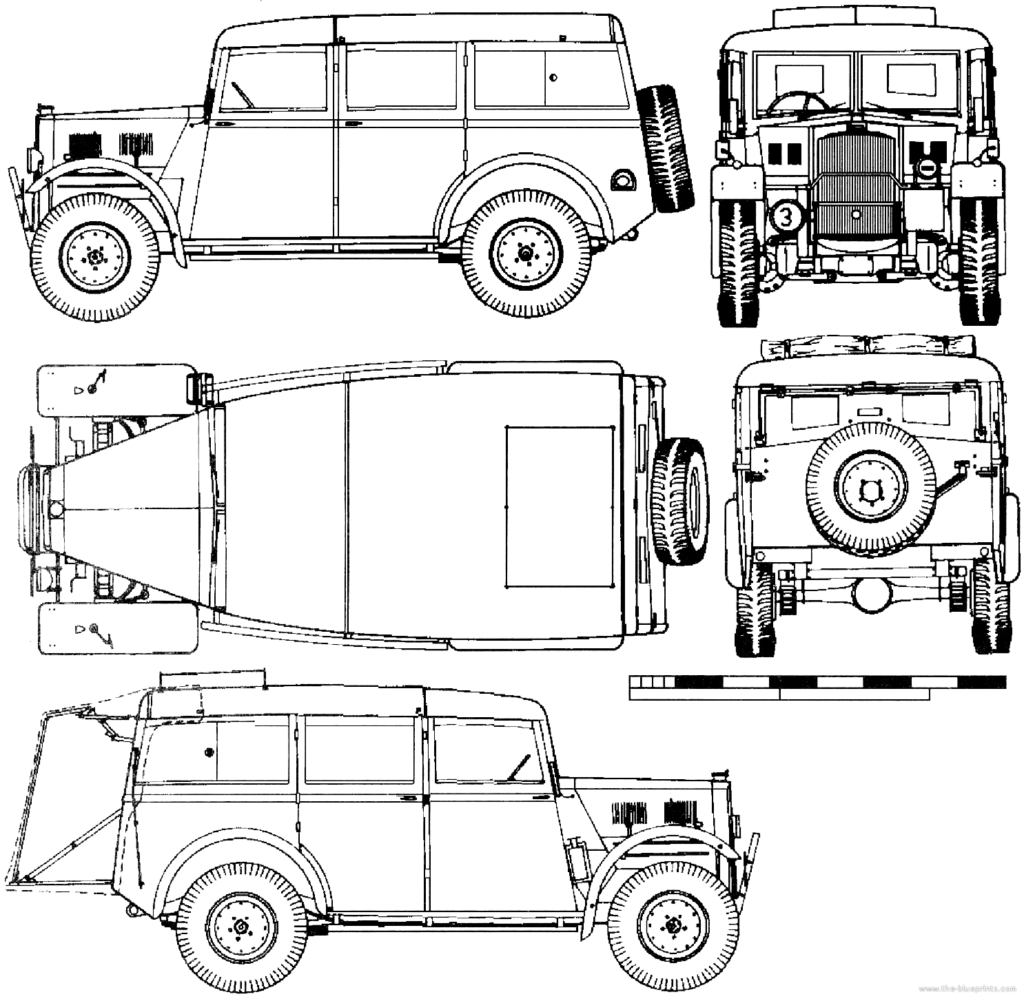
The Humber chassis, affectionately called the “Box” F.W.D., was based on the Super Snipe, but, as the model designation implies, was four-wheel drive. The chassis is used for utility vehicles, armored reconnaissance vehicles, 8-ton trucks, and field ambulances.
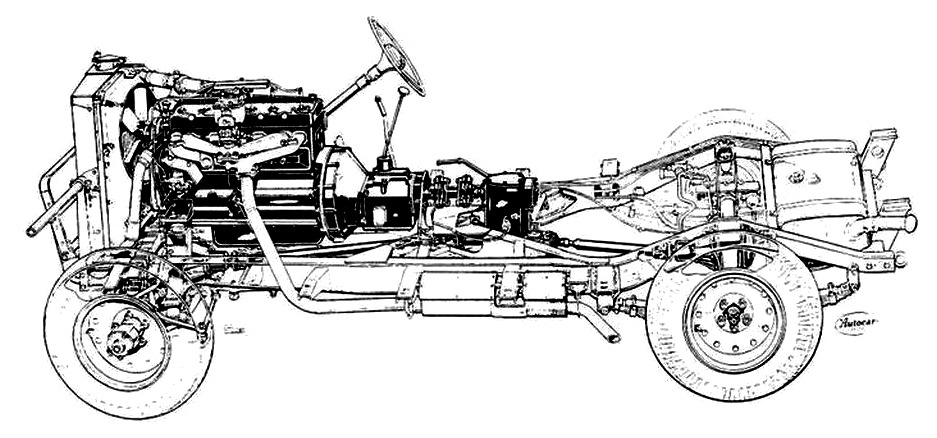
The power plant is also taken from civilian vehicles, with an inline side-valve 6 cylinder 4,080-liter gasoline engine under the hood. The output of the engine was 85 horsepower at 3,400 rpm. The gas tank had a capacity of 72 liters.
Transmission is manual four-speed with a step-down transfer case. The clutch is a single disc, without a synchronizer.
The dimensions of the truck had the following parameters: length – 2300 mm, width – 170 mm, height – 950 mm. Ground clearance was impressive – 241 mm. The curb weight of the vehicle was 2,418 kg.
The chassis with independent front suspension was a relatively complex design for a military vehicle. They proved to be strong and reliable and remained in service for many years after World War II.
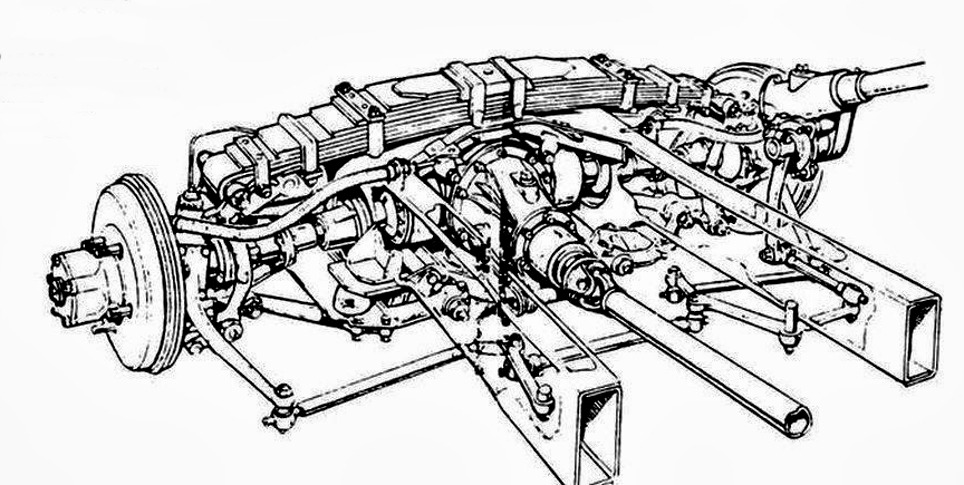
The rear doors slid horizontally, and later vehicles included an extended rear body section to provide sleeping space along the entire length of the body. This is shown in the picture below and was a frame between the rear doors in the open position, covered by a tarpaulin tent. When not in use, the tent was rolled up and attached to the roof rack.
The interior of the car was quite well equipped with a map table, roof lights, trunk nets, folding seats, etc., as well as a full blackout. Modified cars used by General Staff officers were equipped with a sliding roof, map-reading lamps, armrests, and other additional amenities. In the Western Desert, this vehicle was modified by replacing the roof with a canvas folding awning.
The Humber Motor Works in Coventry still survives, which is rare since much of the city was destroyed in an air raid in November 1940.
Technical Specifications
| Manufacturer | Humber, UK | .
| Years of manufacture | 1941-1945 | .
| Number, pcs | Quantity | .Cost | .. |
| Cost in current prices | .. |
| MOTOR AND TRANSMISSION | .|
| Type | 6-cylinder, in-line, bottom-valve |
| Engine displacement, cm3 | 4,086 |
| Piston diameter and stroke, mm | 85 x 120 | Piston stroke mm |
| Power | 85 hp at 3400 rpm |
| ignition | .electric starter | electric starter | .
| Carburetor | . |
| Accumulator | .|
| Clutch | .single-disc, dry |
| Gearbox | 4-speed + reverse | .
| Wheelbase and wheelbase | .|
| Frame type | .. |
| Front suspension | independent, transverse semi-elliptic springs, hydraulic shock absorbers |
| strong suspension | |
| Rear suspension | semi-elliptic springs, hydraulic shock absorbers | half-elliptic springs, hydraulic shock absorbers. |
| brakes | .drums on all wheels |
| Wheel dimensions | 9.25-16 | .
| DIMENSIONS | |
| Length, mm | .
4 293
|
| Width, mm |
1 880
|
| Height, mm |
1 956
|
| Wheelbase, mm |
2 838
|
| Ground clearance, mm |
241
|
| Mass, kg |
2 413
|
| Petrol tank capacity, l |
114
|
| Maximum speed, km/h |
80+
|
| Range, km | |
*- Data based on the results of the measurement on the museum “Motorworld by V.Sheyanov” exhibit.

